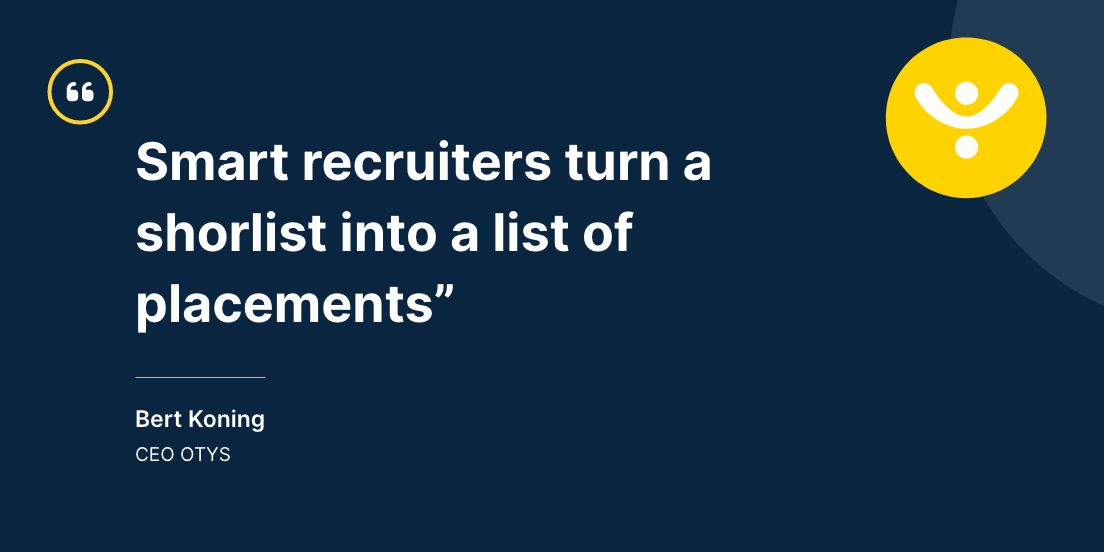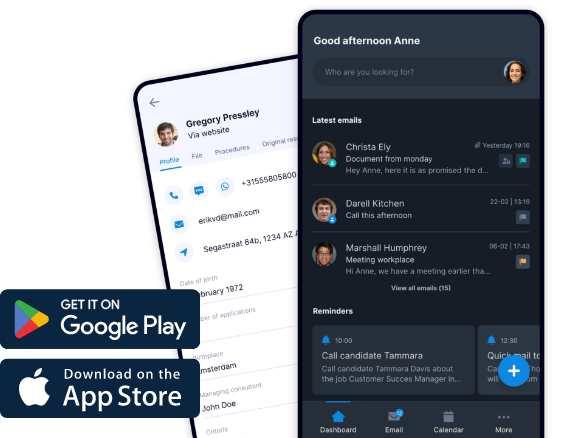The Smart Approach to Recruitment: Finding Jobs for Your left-over Shortlist

Introduction
Good recruiters are like skilled gardeners. They don’t just find candidates for today’s job openings; they also prepare the top candidates for future opportunities. This became clear to me during my time at YER, where the best recruiters had a unique approach. They didn’t just hire one person for a job they worked on; they also found jobs for other talented candidates who reached the final stages but weren’t selected.
Using the Shortlist Smartly
The best recruiters at YER used past shortlists to their advantage. They understood that a shortlist wasn’t just a tool for the one job they were hiring for. Instead, it was a pool of potential for similar jobs. While most recruiters informed unselected candidates about the closure of a job, the top recruiters at YER took a different approach. They called these candidates, thanked them for their efforts, and discussed future opportunities. This 180-degree shift in approach was key to their success.
Placing Multiple Candidates from One Shortlist
These top recruiters often placed two to three candidates from a single shortlist. They focused on the candidates who almost made it. This approach worked because it focused on top candidates who were truly in the market for a new job. The candidates who were not ready to switch were filtered out early, leaving a group of ‘competent, ready, and willing’ individuals.
The Importance of Candidate Mindset
It’s crucial to select people who are not just good at their jobs but also prepared to make a career move. Most recruiters will recognize that many candidates apply on a whim, they might fit the job requirements (or not..) but are not ready to switch jobs. Candidates making it to the shortlist are those who match the job requirements and are ready to change employers. These individuals form a ‘hot potential’ shortlist, created from a well-structured recruitment process. Using this so-called hotlist to its full potential is what top recruiters do better.
Shifting Focus After a Hire
Once a candidate was hired, the top recruiters at YER shifted their focus. They didn’t immediately start looking for new job openings to fill. Instead, they focused on finding roles for the remaining 3-5 top candidates from the shortlist. These candidates are already well-known to the recruiter, who understands their strengths and readiness for a change. The challenge was finding suitable job openings for these well-qualified candidates, which, given the current industry shortages, was often manageable.
The Skill of Shifting Gears
This approach isn’t easy. It requires recruiters to shift gears from focusing on job placements to prioritizing candidate needs. It demands an experienced recruiter with a diverse skill set. That’s why some agencies create specialized teams for this purpose. One team focuses on finding the right jobs for these ready candidates, while the traditional team works on filling job openings.
Conclusion
In recruitment, the most successful approach involves nurturing and utilizing talent pools to their fullest. By focusing on candidates who are skilled and ready for a new challenge once the hire is done, recruiters can maximize their effectiveness. This strategy not only benefits the candidates but also helps fill multiple jobs efficiently, proving advantageous for the recruiter.
